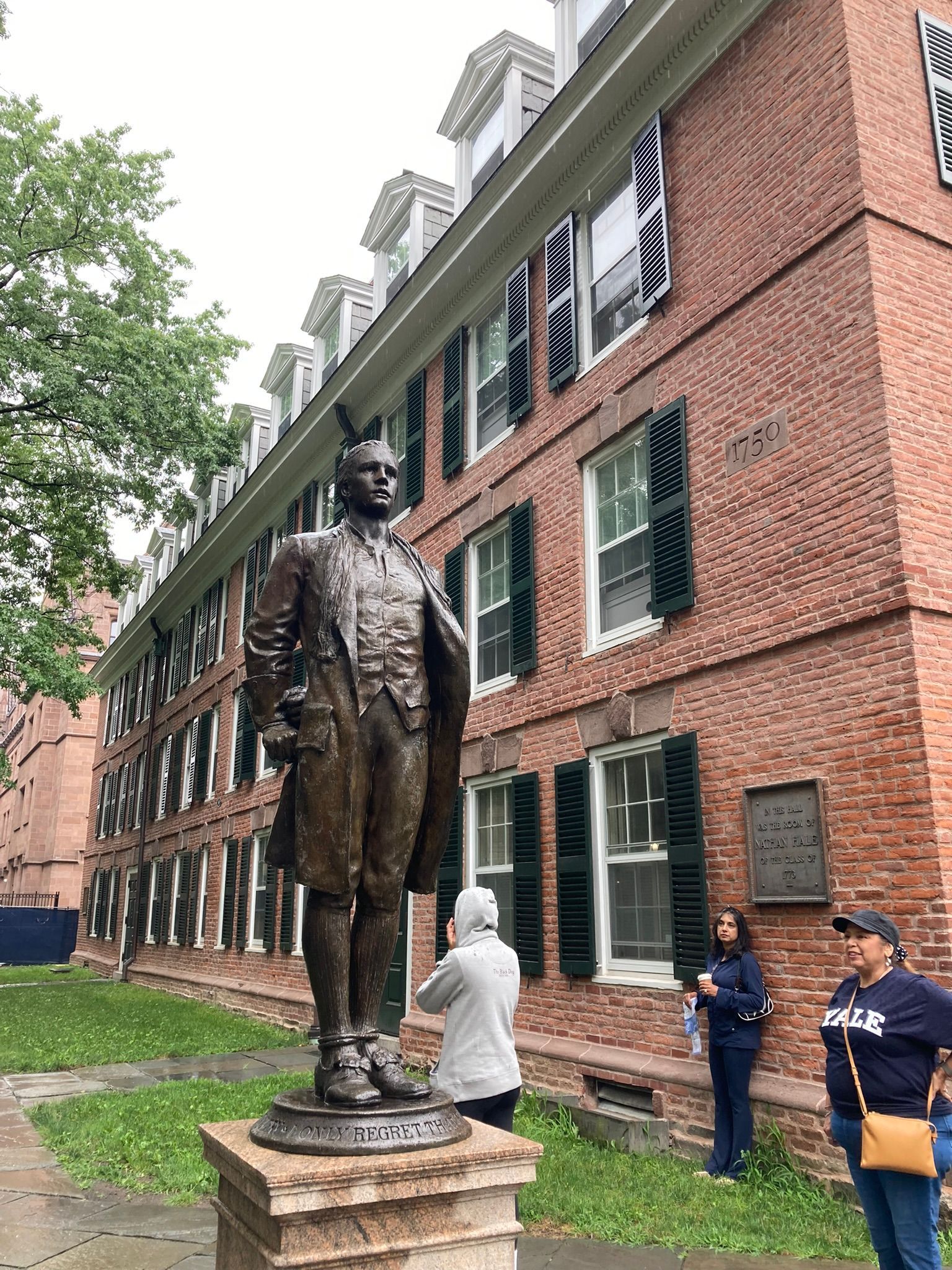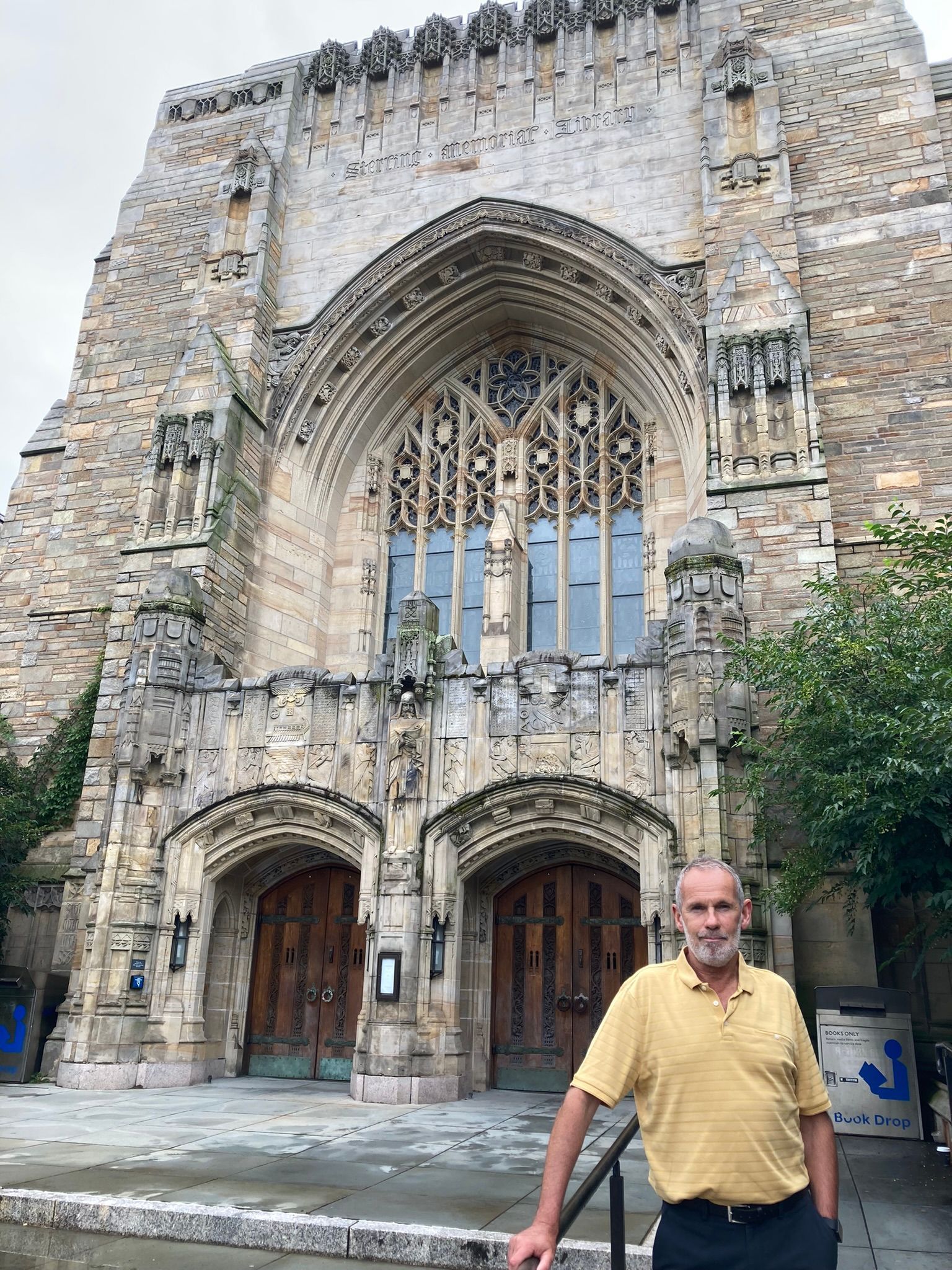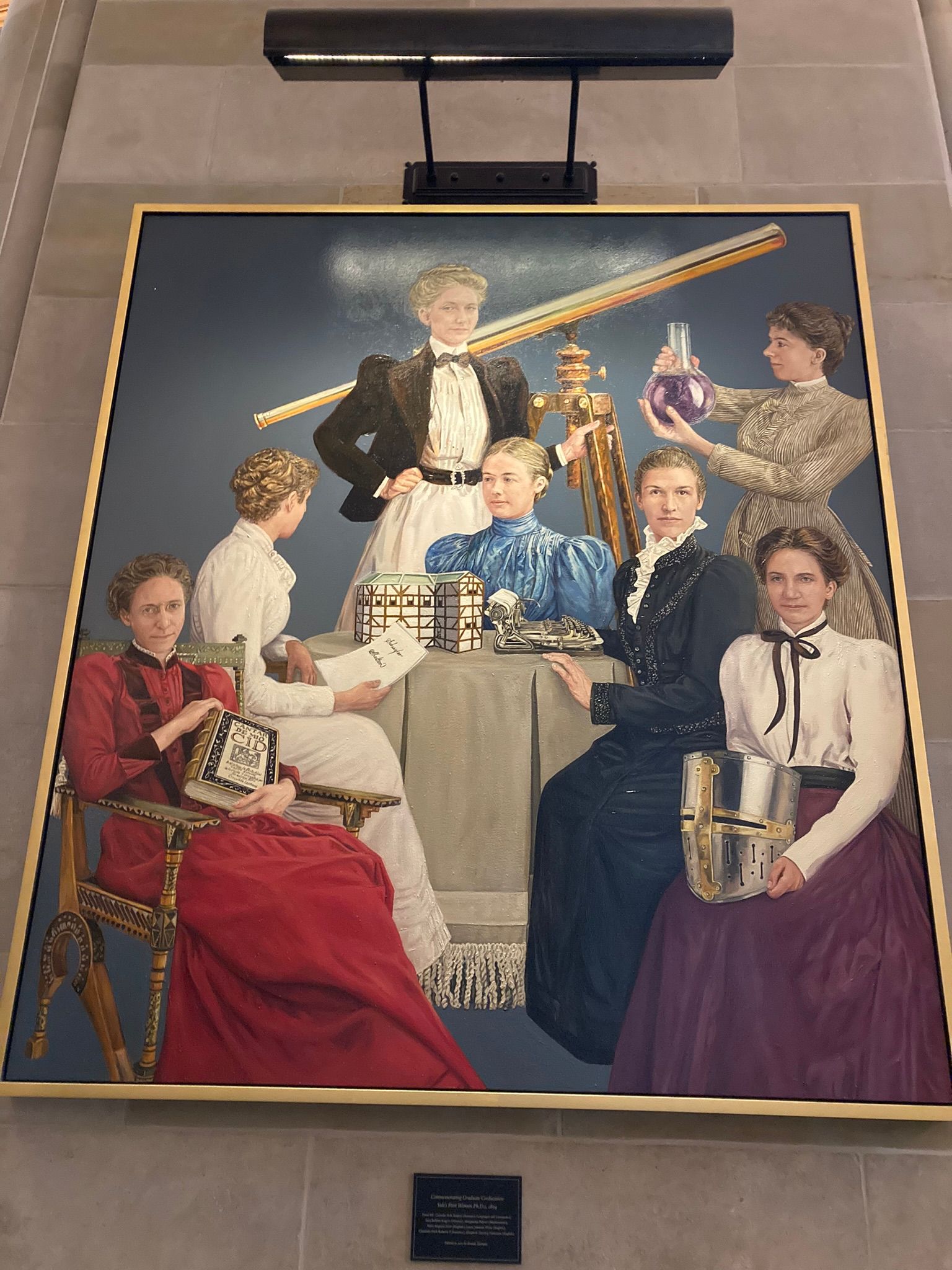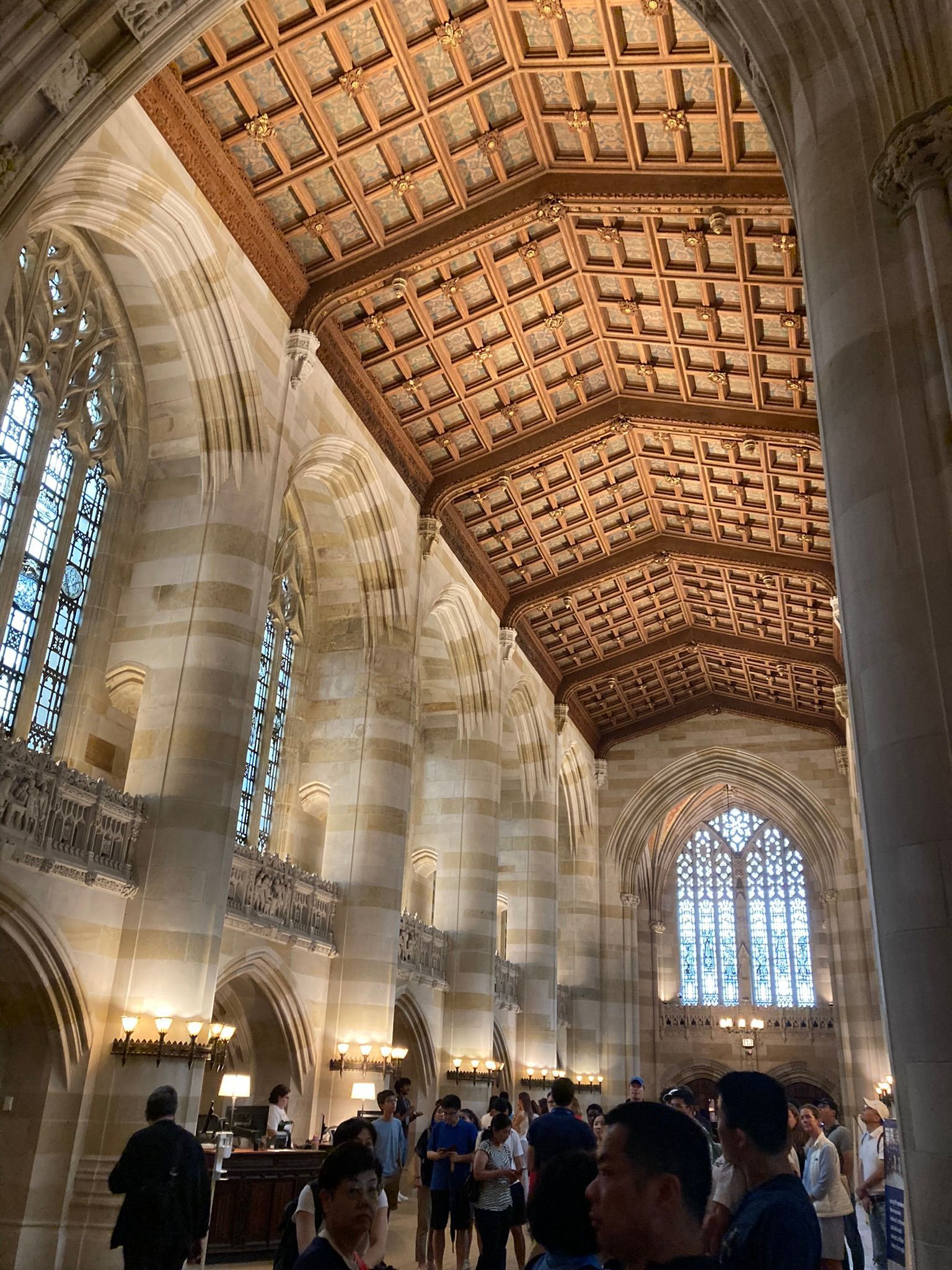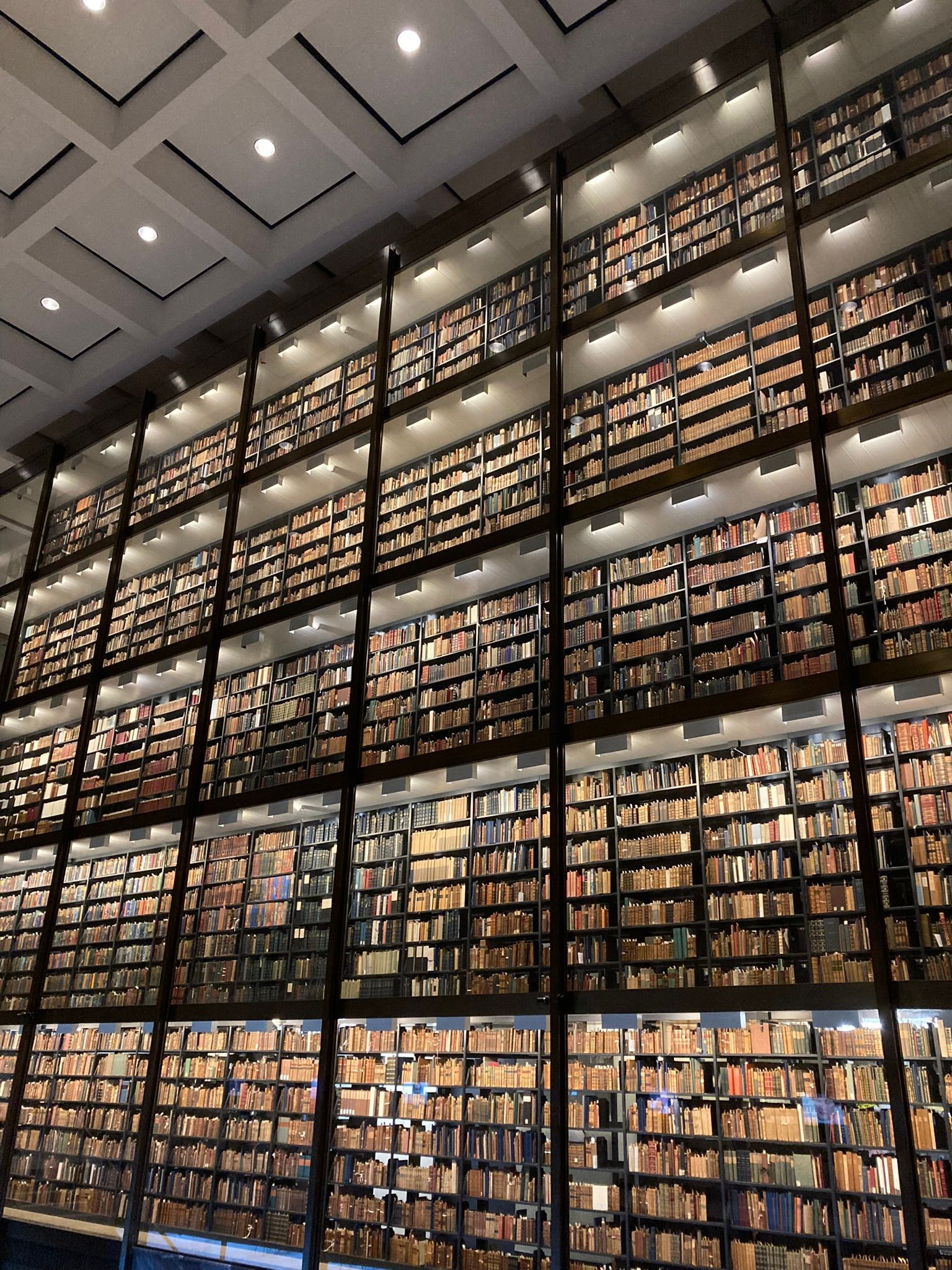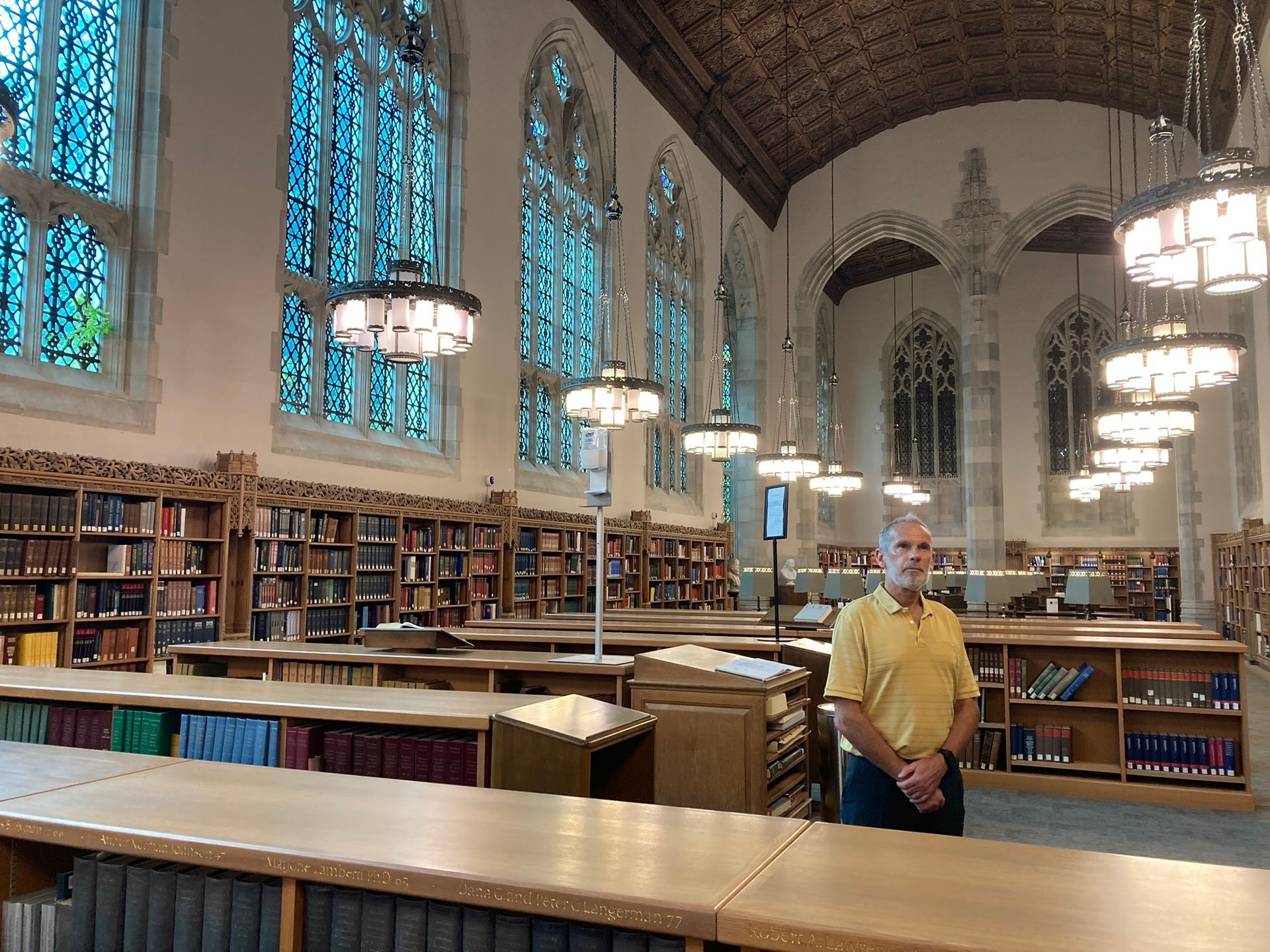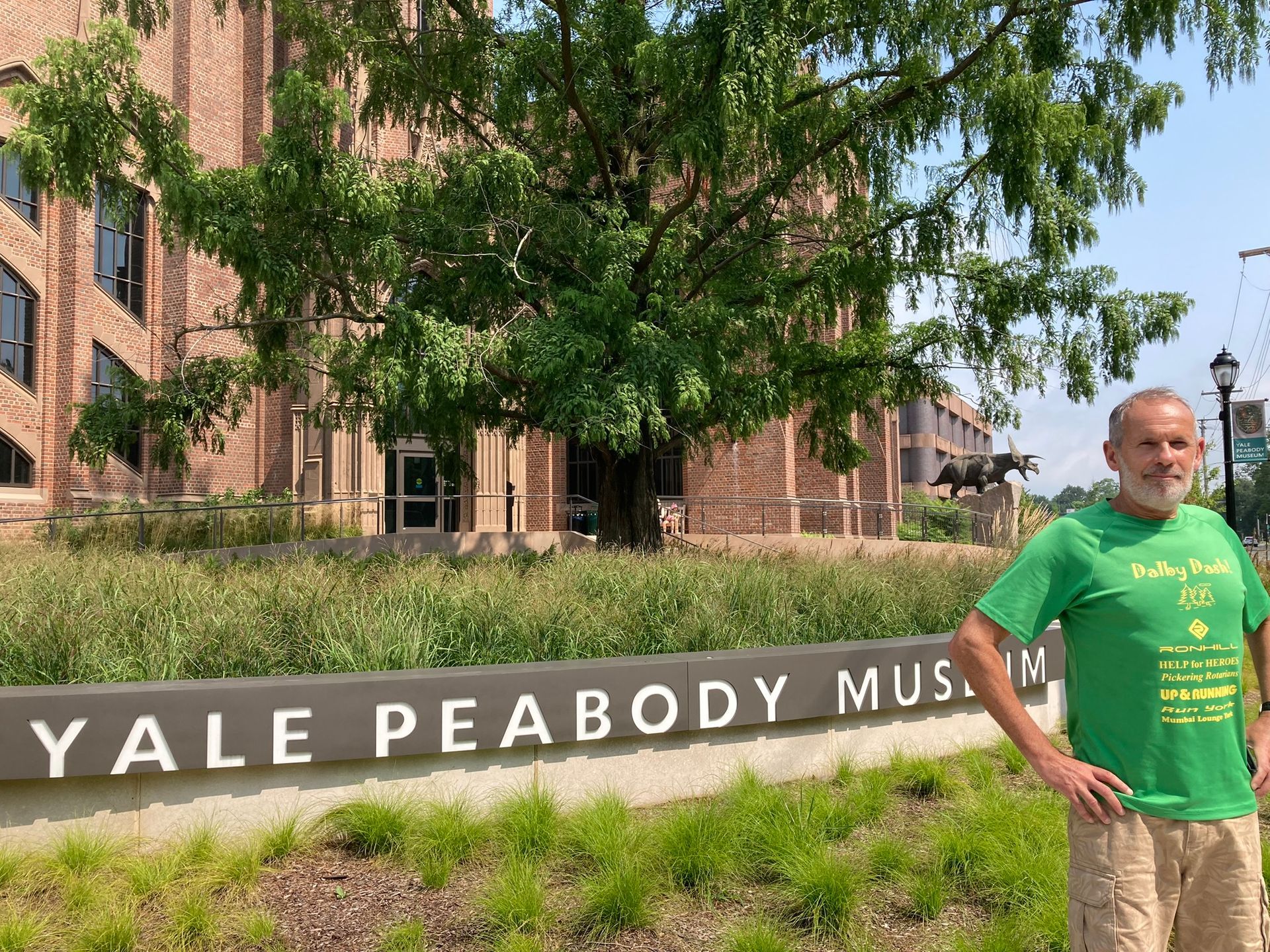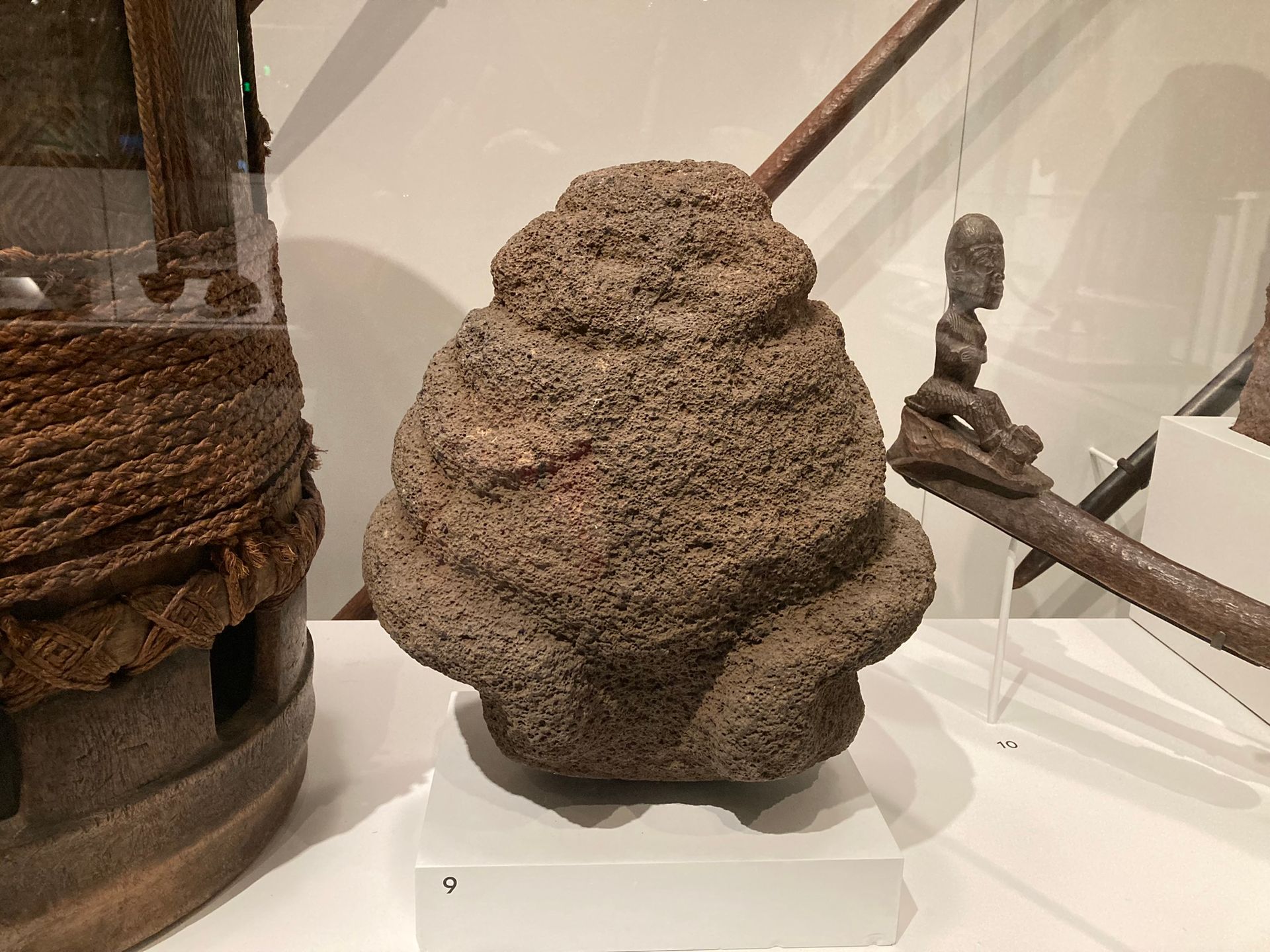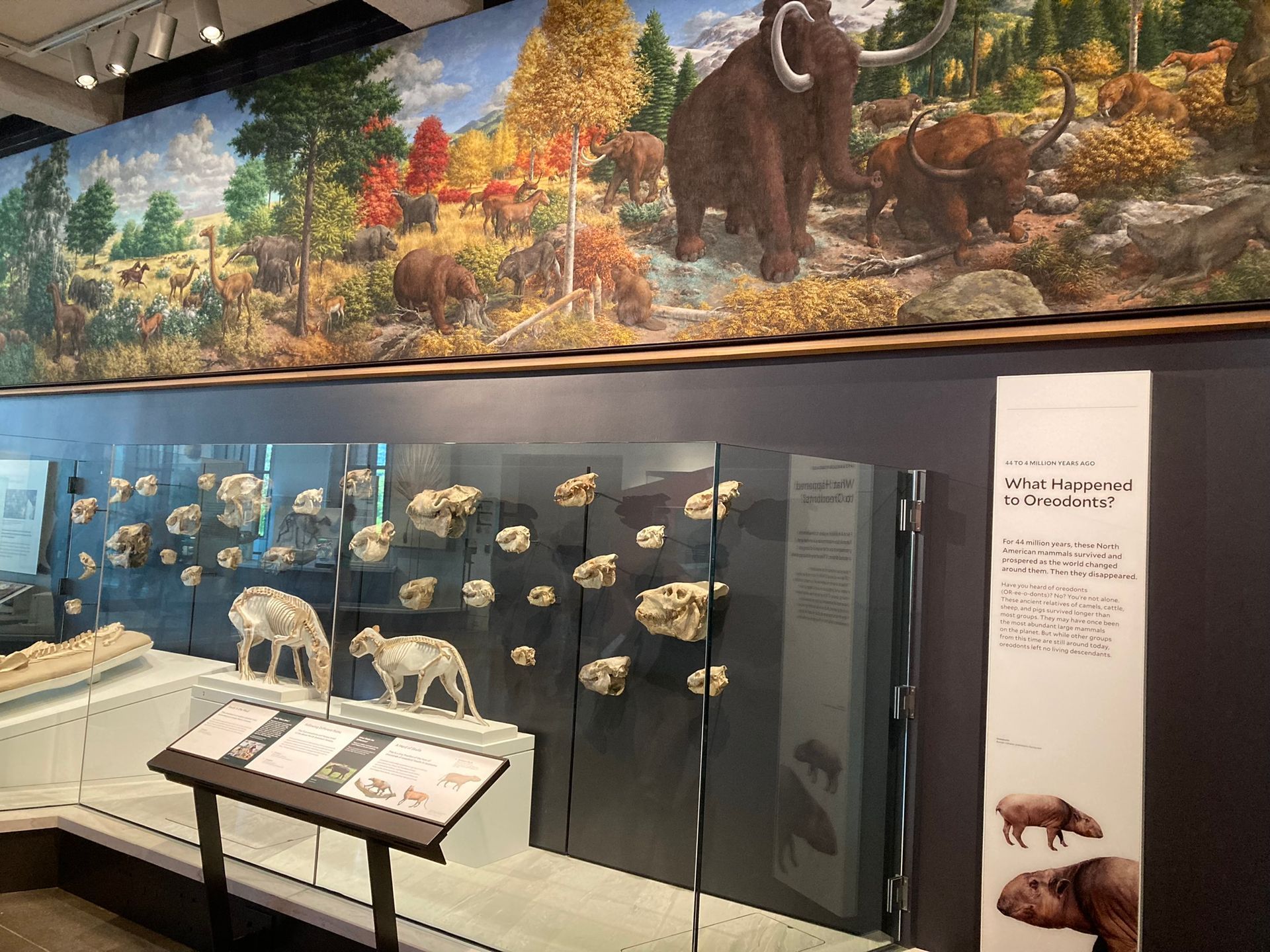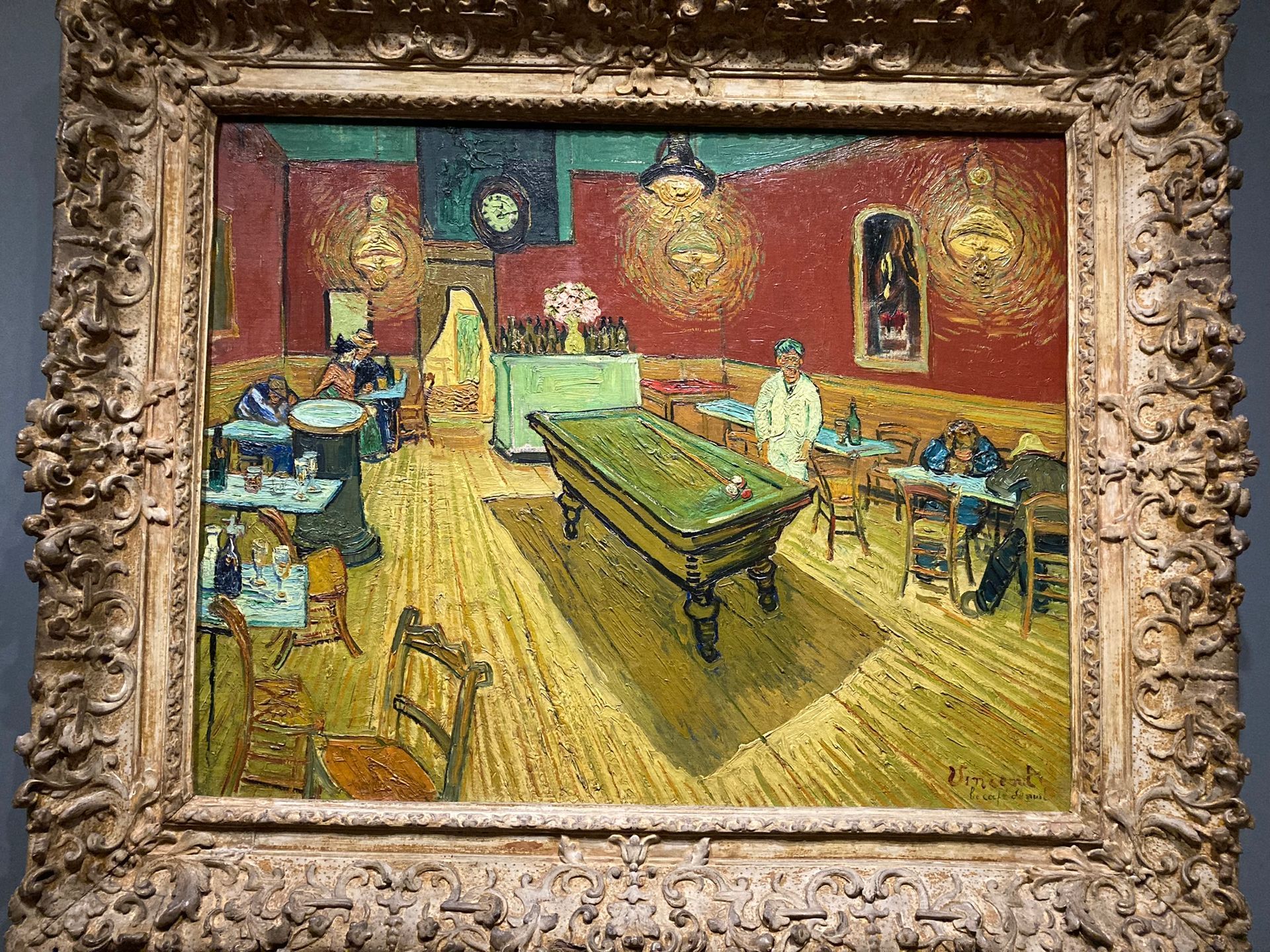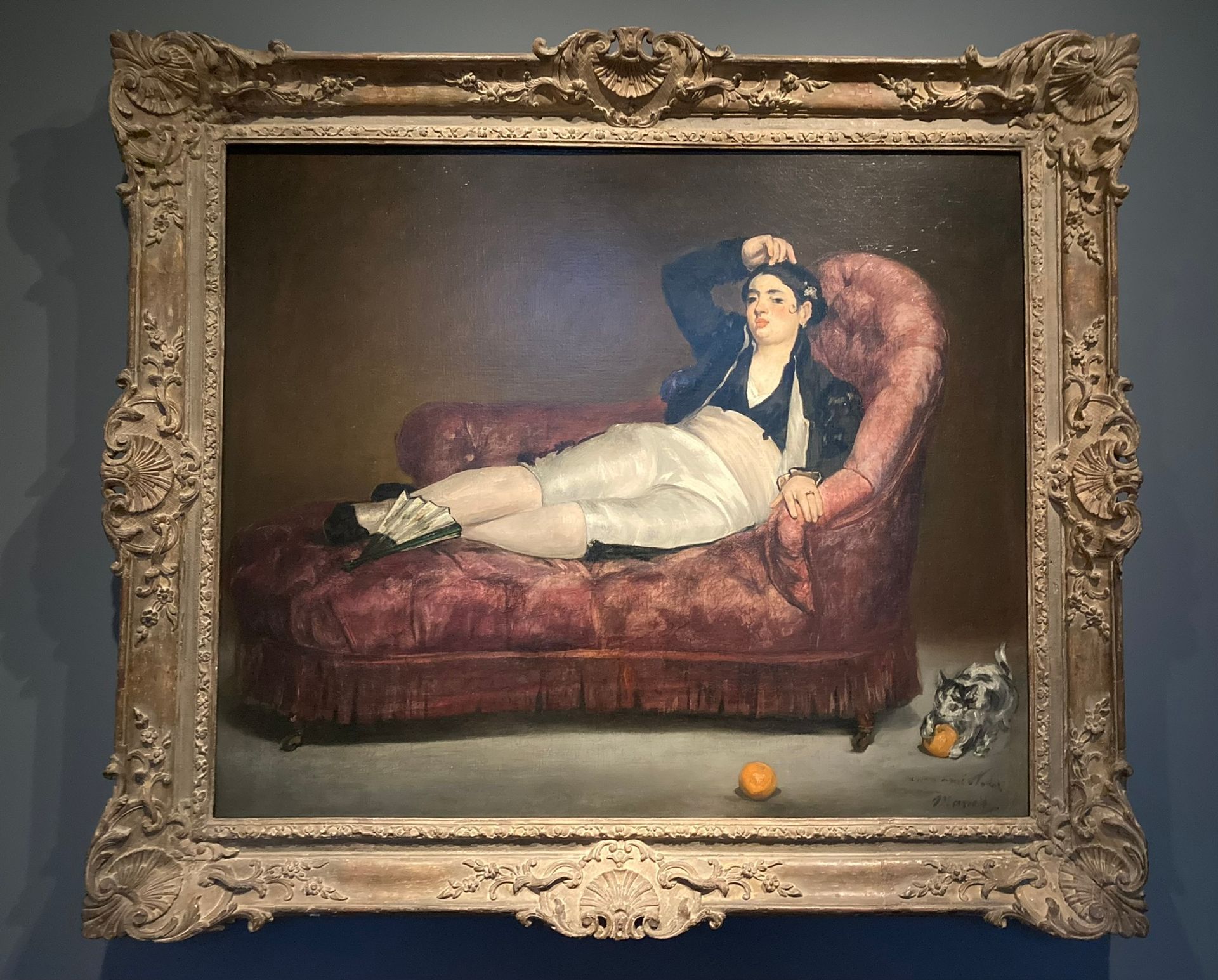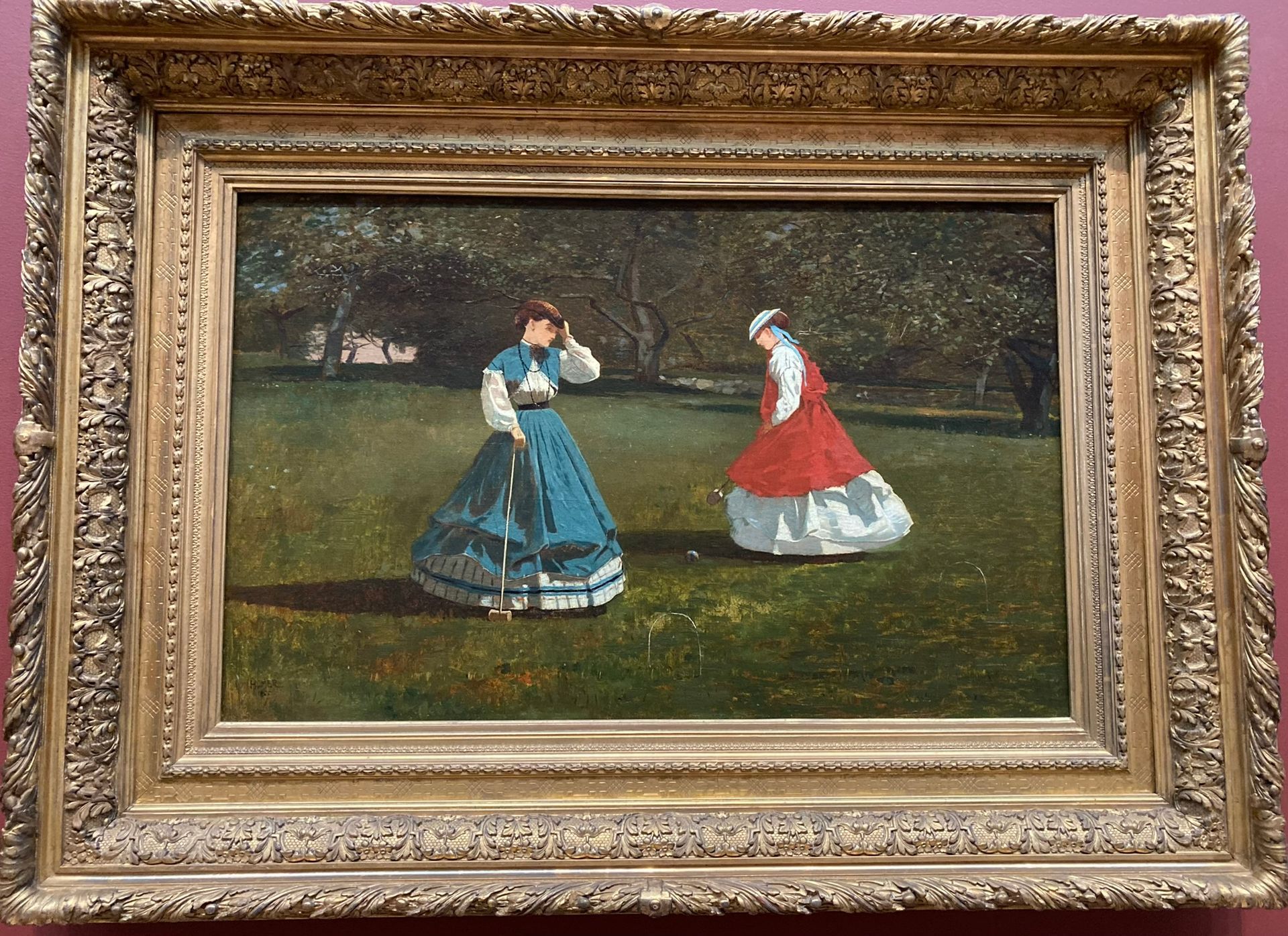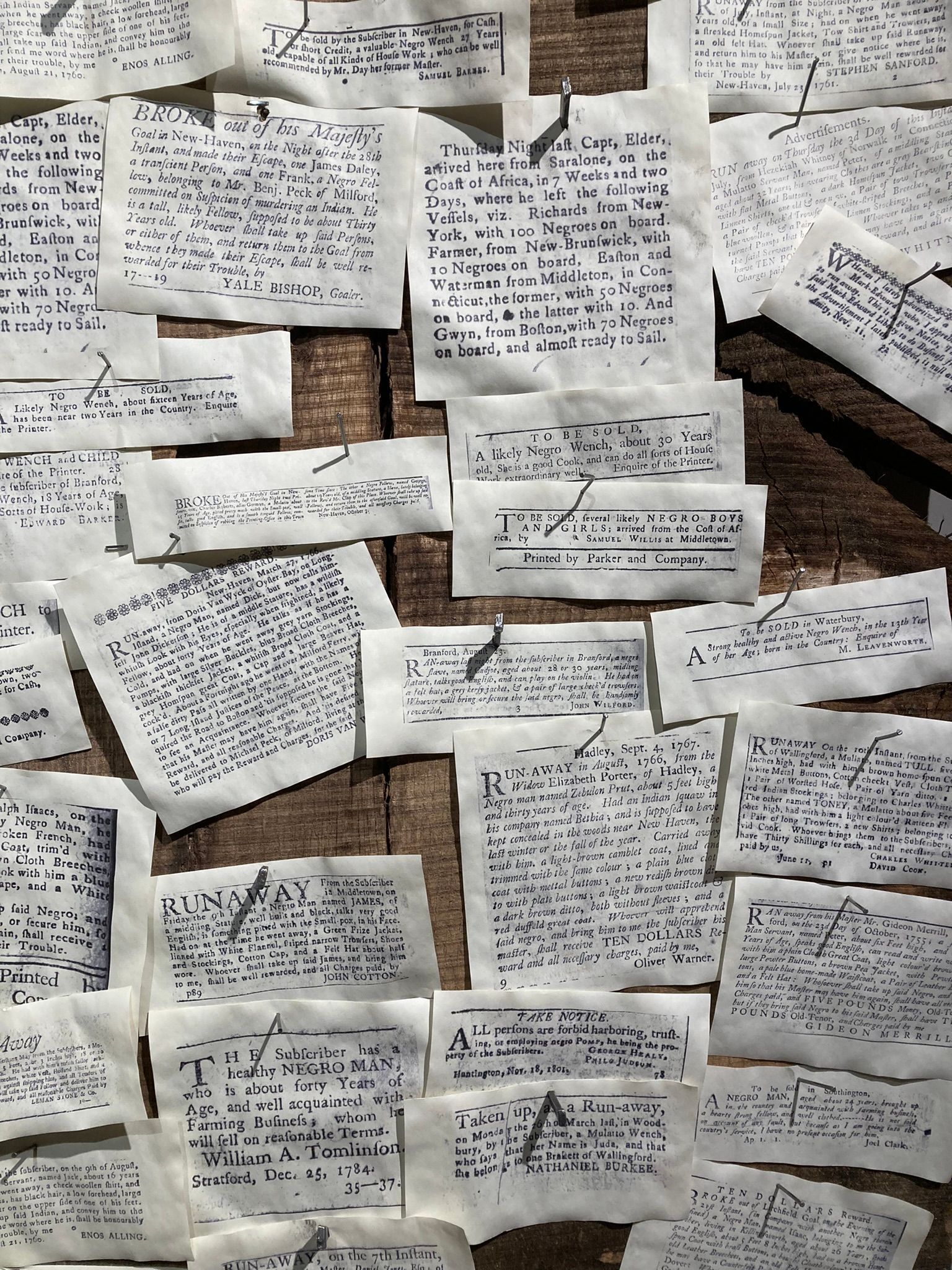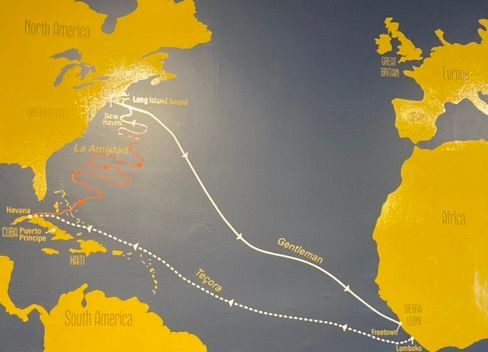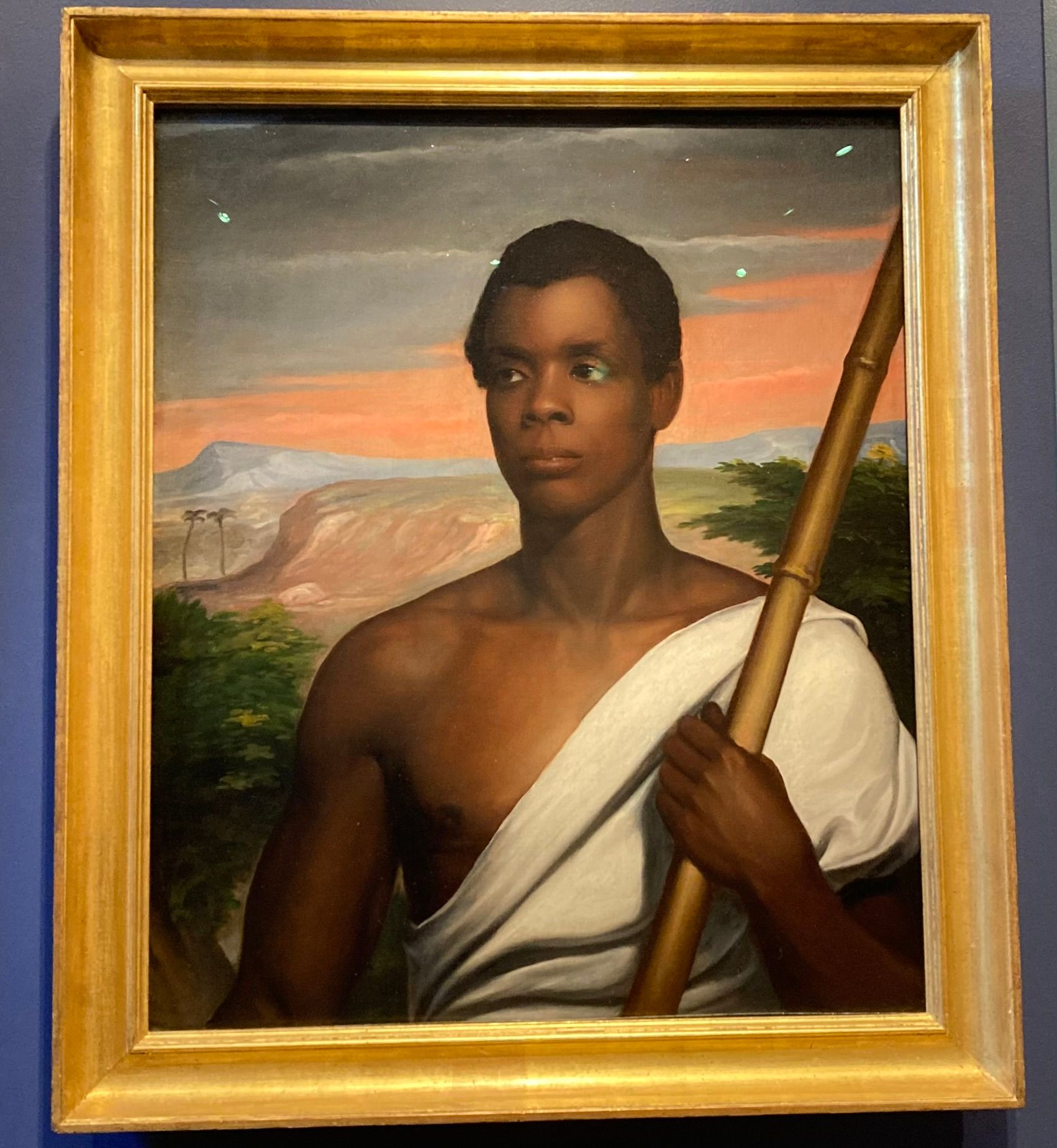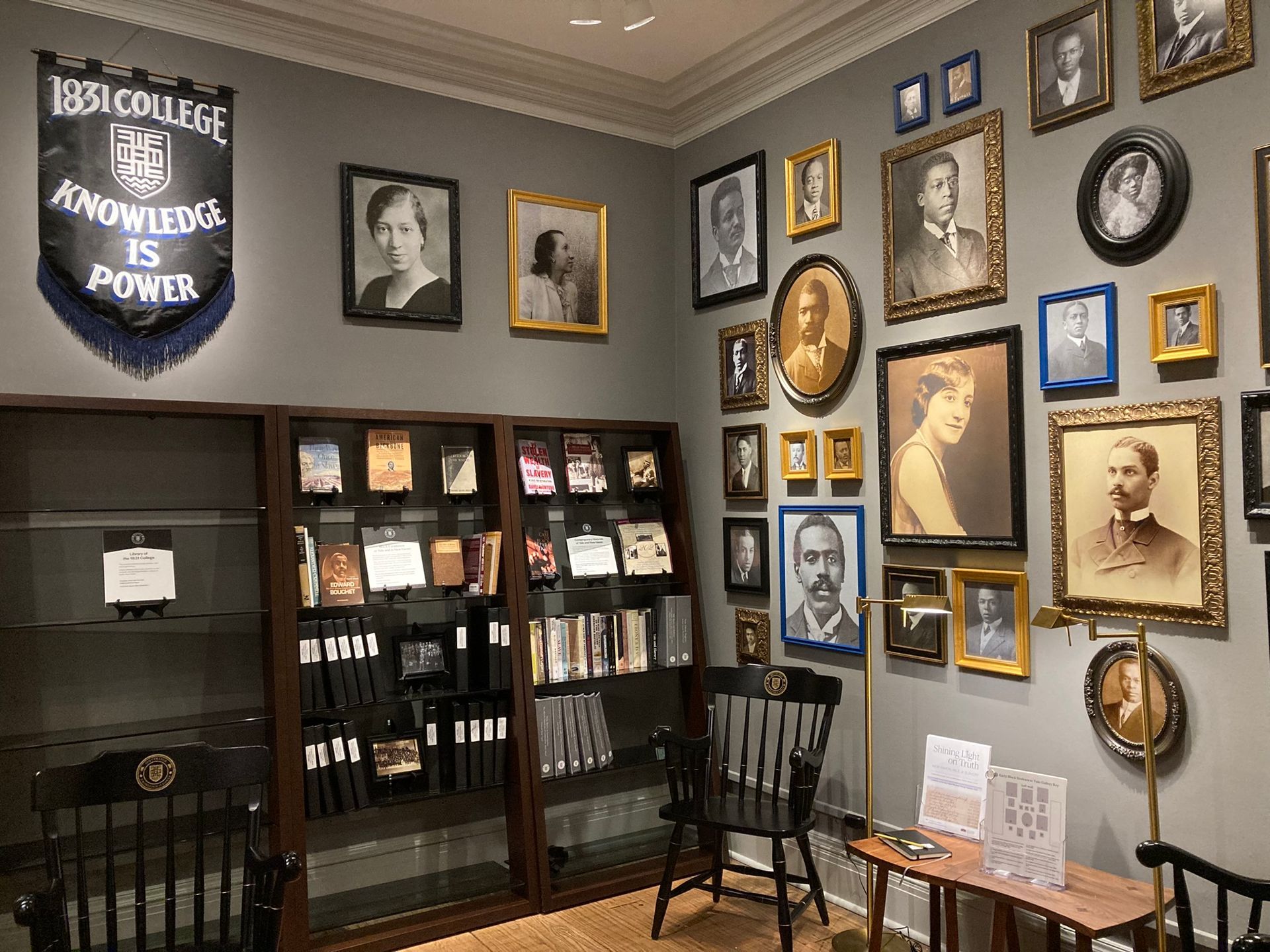- HOME
- Cultural Explorer Itineraries
- Cultural Explorer Travel
- Cultural Explorer Books
- Cultural Explorer Art
- Cultural Explorer Auction Houses
- Travel, Culture and Books - Blog
- More
- England
- Europe
- United States
- Spain
- Denmark
- Germany
- England - Yorkshire
- England - London
- England - Durham
- England - Liverpool
- England - Stratford upon Avon
- Spain - Cadiz, Jerez, Madrid
- Spain - Barcelona
- Spain - Sevilla
- Spain - Malaga and Ronda
- France - Paris
- Boston and New Haven Logisitics - Itinerary, travel, accommodation
- Boston Freedom Trail, Tea Party and Cheers
- New Haven and Yale University
- Hartford - Mark Twain's House
- Boston Art Museums - MOFA and Isabella Stewart Gardner
- Harvard and MIT Museums
- Cultural Explorer Travel - Top 10 Museums in London
- Cultural Explorer Travel - Top 10 Museums Yorkshire
- Cultural Explorer Art - Top 10 Art Galleries in London
- Cultural Explorer Art - Top 10 Controversial Paintings
- Cultural Explorer Art - The Life of the Mona Lisa
- Cultural Explorer Art - The Bowes Museum - Norman Cornish and LS Lowry
- Cultural Explorer Art - Top 10 Art Galleries in Yorkshire
- Cultural Explorer Books - Top 15 Books about Art
- Cultural Explorer Books - From a North East American Trip
- Cultural Explorer Books - Top 10 Books about Spain
- Cultural Explorer Books - Top 10 Latin American Books
- Cultural Explorer Books - Top 10 Greek Myths Books
- Cultural Explorer Books - Top 15 United States Contemporary Fiction Books
- Cultural Explorer Books - Top 10 Non-Fiction about the US
- Cultural Explorer Books - Top 10 Japan Books
- Cultural Explorer - Top 10 Books about Humans
- Cultural Explorer Auction House - Sotheby's
- Cultural Explorer Auction House - Christies
- Cultural Explorer Auction House - Bonhams
- Cultural Explorer Auction House - Phillips
- ads.txt
- Terms and Conditions
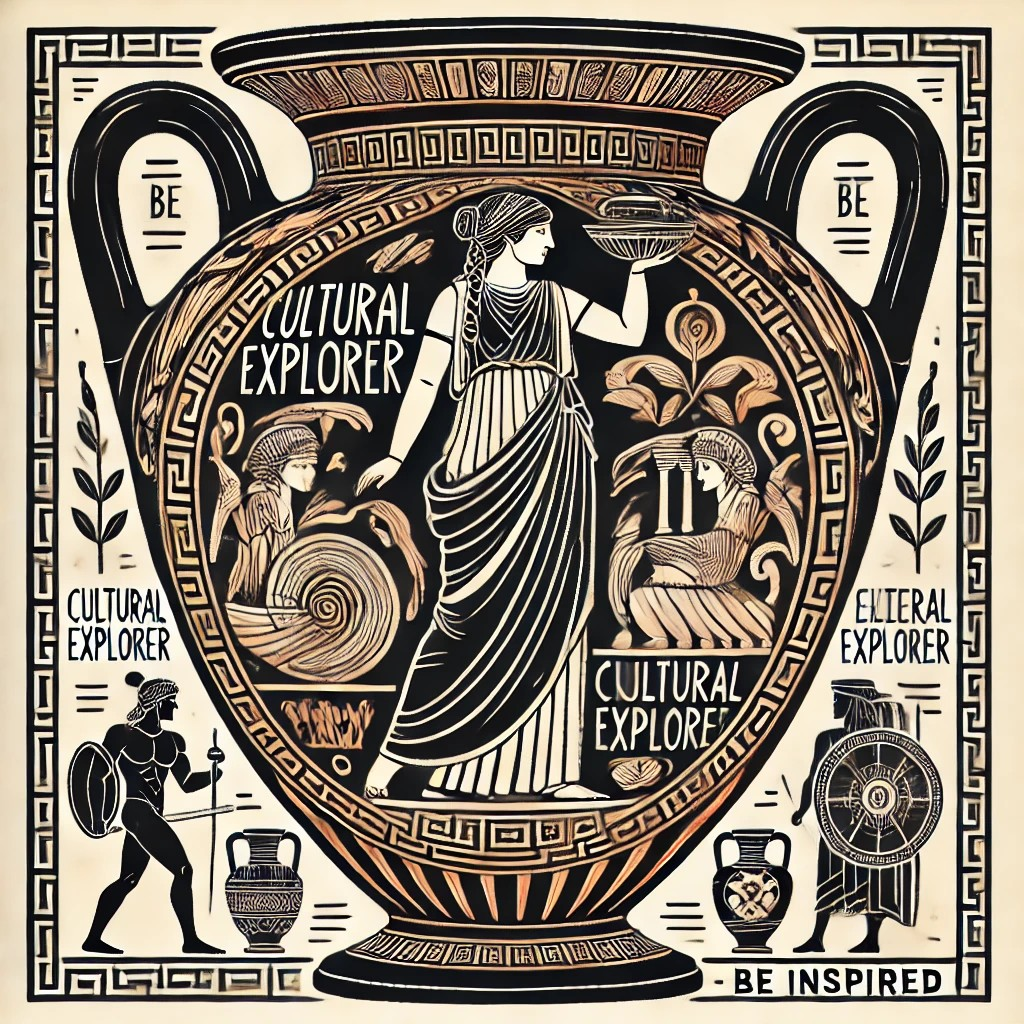
New Haven, Yale University and Museums, and Mark Twain's Home at Hartford
Yale University Tour -
https://visitorcenter.yale.edu/tours
We walked across the historical New Haven Green to the Mead Visitor Centre to join a tour of Yale University delivered by one of their students. The visitor centre is in one of the oldest buildings in New Haven and had a display explaining the history of Yale, and we met their mascot the Yale Bulldog.
The tour took us to different buildings on the campus and the young student was able to tell us stories about the statues, and about the academic requirements of the university. She told us that the Sterling Library had originally been designed to be a cathedral but there was no requirement for a cathedral on the site so they used the design and built a library instead. It is a beautiful building reminiscent of the cathedrals in Europe but filled with books, beautifully painted ceilings, and free to wander around
She also showed us the Beinecke Library and told us about the walls made of marble squares to keep the light out to protect the books. The tour gave us a wonderful insight into Yale, and the student spoke very well, and we appreciated that she told us about her route to Yale, and made the tour more personalised.
After the tour we went back to see inside both of the libraries, the Beinecke has the books behind large glass screens over six floors. They currently have an exhibition about the Holocaust which was excellent, this included a large number of televisions with headphones to see the interviews with a wide range of people, all with their own experience of the Holocaust.
One of the interviews was with Leon Bass, a black soldier who had experienced racism at home in the US, fought in the Battle of the Bulge, one of the bloodiest campaigns of the war, and then within a few days of Liberation was sent to Buchenwald concentration camp. After the war he shared his experiences as an educator and Civil Rights activist.
Yale Peabody Museum
https://peabody.yale.edu/
The Peabody has only recently re-opened after a major refurbishment, and the presentation of their collection is excellent. There are dinosaurs, a mammoth, dodos and a range of other extinct creatures. Along with a display explaining the development of Homo sapiens.
I particularly liked the paintings of the wall murals by artist Rudolph F. Zallinger in 1947, which shows the dinosaur species roaming in a verdant, volcano-dotted landscape. The mural is 110-foot-long and 16-foot-high took more than four years to paint and depicts 32 dinosaur species spanning 362 million years.
Then on the second floor the dioramas, these have painted backdrops and model animals and plant life.
Finally, onto the top floor and some absolutely fascinating minerals and stones. A room with some live (yes, live) animals: butterflies, lizards, fish, and poisonous frogs.
We came back to the Yale Peabody for a second visit on our final day because we enjoyed it so much. It would benefit from a cafe, but we found Koffee cafe nearby, which was great.
Yale Art Museum
https://artgallery.yale.edu/
Yale Art Museum was our next visit, the British gallery is currently closed for refurbishment. But we were able to see a number of their paintings at the Yale Art Museum. The Yale Art Museum is a fresh, modern building, with a really broad, interesting selection of paintings. We focused solely on the European and US paintings. They have some fabulous Turner and Constable paintings, plus Monet, Degas and Cezanne paintings.
My top 4 paintings were:
- Vincent van Gogh - Le café de nuit (The Night Café)
- Frederick Sandys - Grace Rose
- Edward Manet - Reclining Young Woman in Spanish Costume
- John Trumbell - The Declaration of Independent
New Haven Museum
https://www.newhavenmuseum.org/
The New Haven Museum is located in an old building, fairly close to the Peabody Museum. There is currently a fascinating exhibition about the Amistad rebellion in 1839. It begins by explaining how Sengbe Pieh, a Mende rice farmer, led the group of African slaves to take control of the vessel. After some violent fighting, Pieh ordered the Spanish slaveholders on board, José Ruiz and Pedro Montes, to sail back to Sierra Leone, from where the captives had been taken. If you look at the map you’ll notice the zig-zagging this was because in the day, they headed east towards Africa, but at night, Ruiz and Montes covertly turned the ship the other direction. After several weeks of this back-and-forth, La Amistad was intercepted by a U.S. Navy vessel off Montauk. The captives were then brought to New Haven, where they were tried for their crimes of pirating the ship and imprisoned.
The case went to the US Supreme Court, where Pieh and his fellow Africans were found to have rightfully defended themselves as they were free individuals, having been kidnapped and transported illegally.
Nathaniel Jocelyn's painting of Sengbe Pieh is said to be among the most important portraits in American art.
They also have a ‘Shining light on the truth’ exhibition about the local area’s involvement in the Slave Trade, including Yale University. It also discusses that there had been an opportunity for Yale to open a college for black students in 1831, but it was voted down 700 votes to 4. Plus, they show a range of adverts for slaves from the local paper, which are quite upsetting to read. There is also a room with photographs of black students who attended Yale from the 1830’s to 1940’s. It is valuable recognition but also demonstrates how few black students there were.
Interesting as well at this museum is a history of the development of New Haven, and the businesses that have held influence in the city, including Frank Pepe’s pizzas and Eli Whitney’s cotton gin.
Another interesting topic in the museum concerns the regicide of King Charles I, this followed a prolonged conflict between his forces and those of Parliament, culminating in his execution by an ad hoc court where Whalley, Goffe, and other commissioners signed his death warrant. Upon the monarchy's restoration, Charles II sought retribution against the regicides. Whalley and Goffe fled to New England, finding refuge with sympathetic Puritan communities in New Haven, eventually hiding at West Rock in a formation now known as Judges Cave.

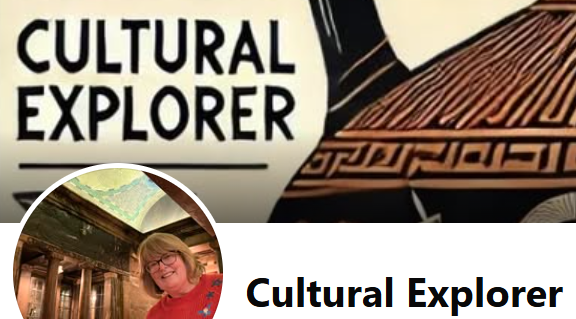

Facebook page: https://www.facebook.com/SarahCulturalExplorer
Instagram: https://www.instagram.com/sarahculturalexploreruk
My Bio: Travel opens doors to art, museums, and galleries, where stories come alive. I love books, paintings, collectors, and auctions - the treasures connecting us to history, creativity, and culture. Enjoy regular posts on my facebook page.
Email: culturalexploreruk@gmail.com

